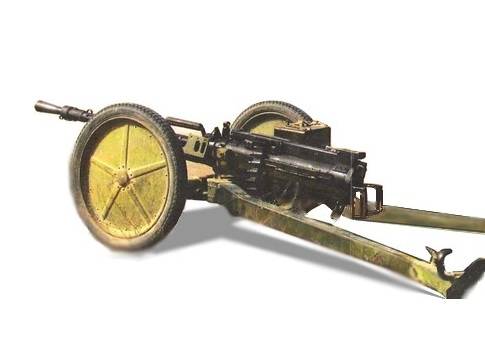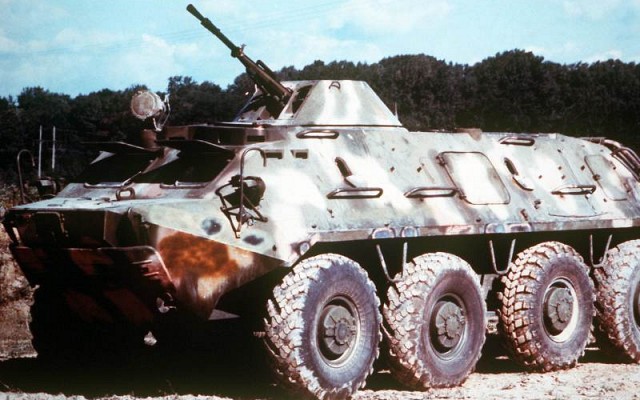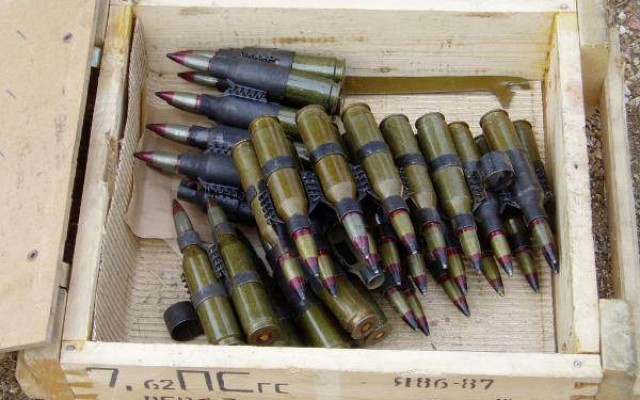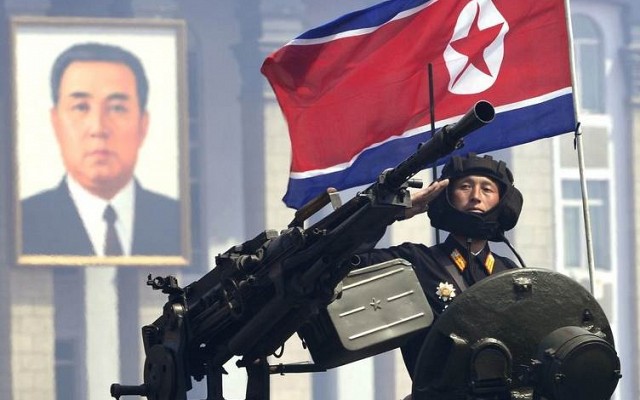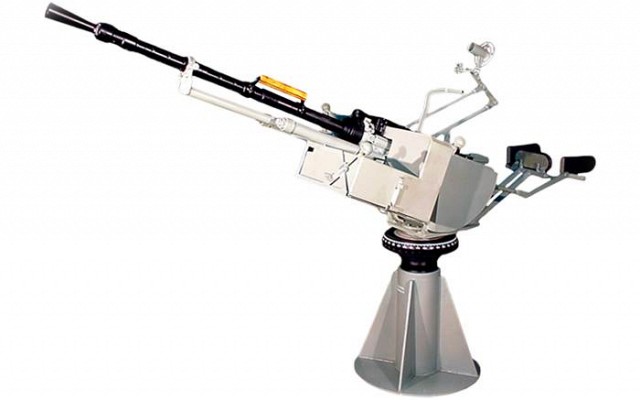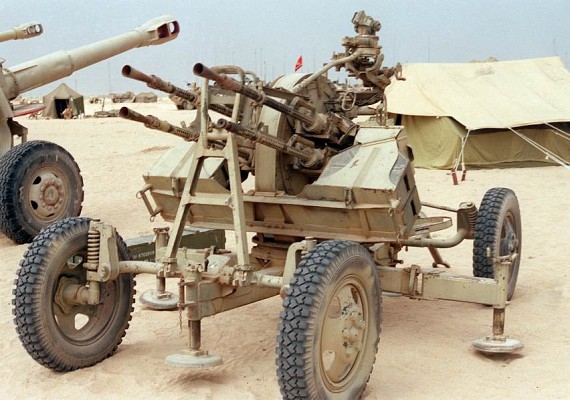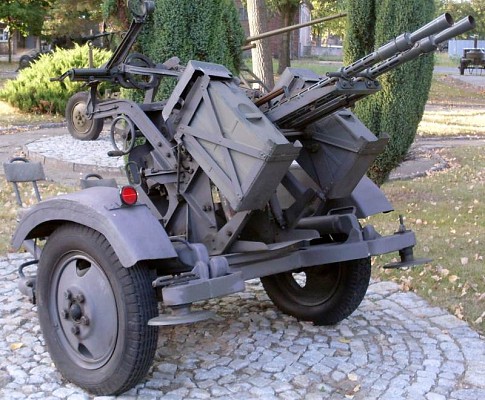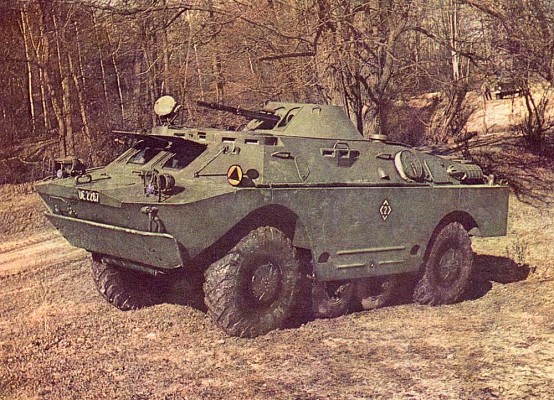Vladimirov KPV
Overview
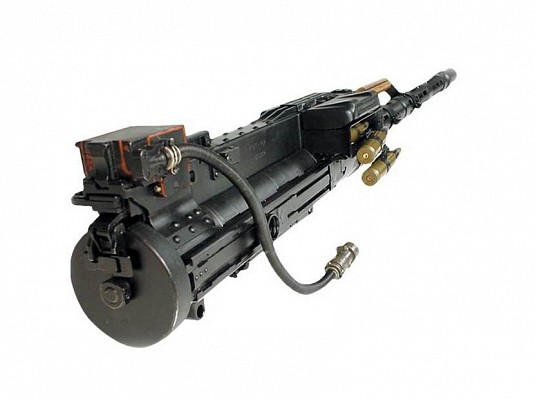
KPVT
Rear view of KPVT heavy machine gun showing solenoid firing mechanism.
Source: www.zid.ru -
© copyright lies with original owner
Russia - ZiD / Degtyarev plant
China - Norinco
Type 56 (Chinese production)
Description
Introduction
The KPV is a powerful heavy machine gun of Soviet origin. It was developed during World War 2 for infantry use. The intended targets were infantry positions, armored vehicles and aircraft. The KPV has become one of the most ubiquitous Soviet weapons. It has been used on numerous armored vehicles, anti-aircraft gun mounts and patrol craft.
Design
The KPV is a gas operated weapon that uses the short recoil mechanism and has a rotating bolt. It is belt fed and feeds from either left or right. A slotted shroud covers the air cooled barrels. These can be changed but are not true quick change barrels. The KPVT is a derivative for vehicle use. It has a heavier barrel jacket, shorter receiver and can be solenoid fired.
Firepower
The KPV fires the 14.5x114mm round from a 50 round belt. The cyclic rate of fire is 550 to 600 rpm. For a heavy machine gun the KPV is very powerful. It has twice as much muzzle energy as Soviet and Western 12.7mm heavy machine guns. In theory the maximum range is 3 km against ground targets and 2 km against aircraft. In practice the effective ranges are 2 km and 1.5 km respectively. Since most armored fighting vehicles are designed to withstand 14.5mm rounds over the frontal arc the KPV is no substitute for an autocannon.
Platforms
The KPV was issued on a Kharanin two wheel mount for infantry use during World War 2, but saw limited use. In post war use the KPVT saw widespread use on the ZPU series of light anti-aircraft guns that mount one, two or four KPVT. The KPVT is also used as the primary armament of many Soviet armored fighting vehicles, including the BTR-60PB, BTR-70, BTR-80 and BRDM-2. The KPVT has also been mounted on numerous patrol craft. Usually on the MTPU pedestal mount or naval derivatives of the ZPU mounts.
Variants

KPVT
Forward view of four KPVT in used on the ZPU-4 anti-aircraft gun mount.
Source: George Shuklin -
© GNU Attribution - Share Alike license
Variants of the KPV
KPV: Original version of the KPV developed during World War 2. It is lighter than the KPVT which has a thicker barrel shroud.
KPVT: KPV modified for mounted use. It has a heavier barrel jacket, shorter receiver and is either trigger or solenoid fired.
Type 56: Chinese production model of the KPV. Apparently a direct copy with similar dimensions.
Details
Media
Platforms
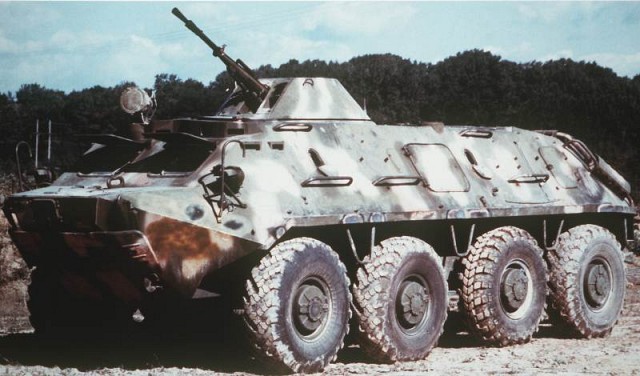
BTR-60PB
First of the eight wheel BTRs to be armed with a one man cupola with KPVT and coaxial PKT machine gun.
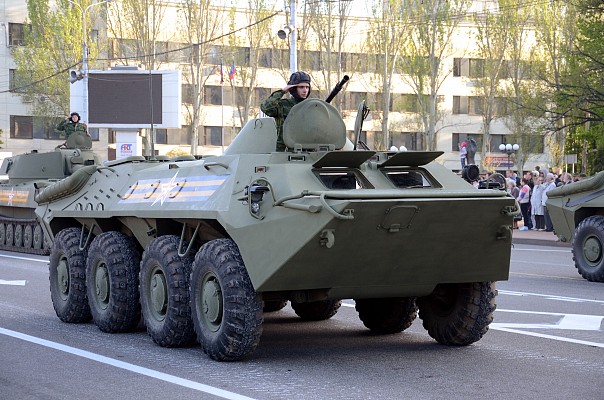
BTR-70
Improved variant of the BTR-60PB. Retains the one man turret with KPVT heavy machine gun.
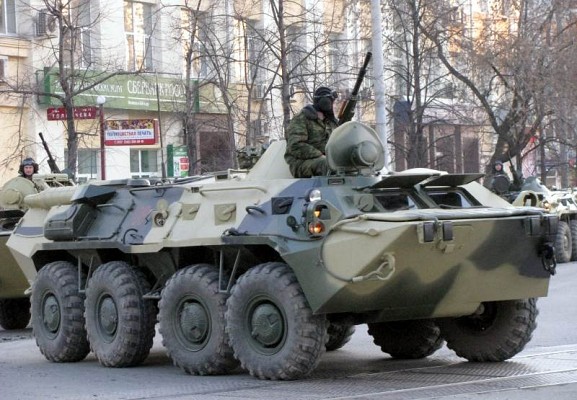
BTR-80
The original BTR-80 uses the 14.5mm KPVT as primary armament. The BTR-80A has a more powerful 30mm autocannon.
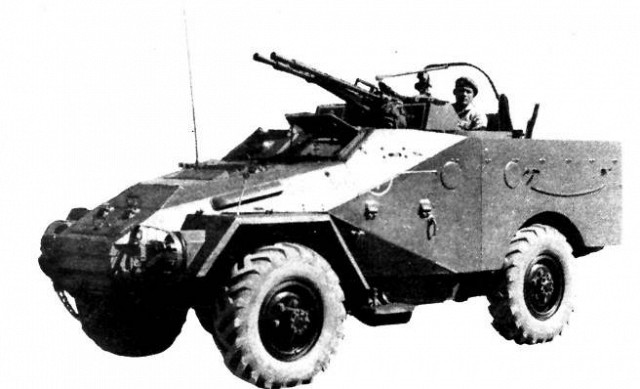
BTR-40A
Self-propelled anti-aircraft gun on the BTR-40 chassis. Armed with two KPV heavy machine guns.
